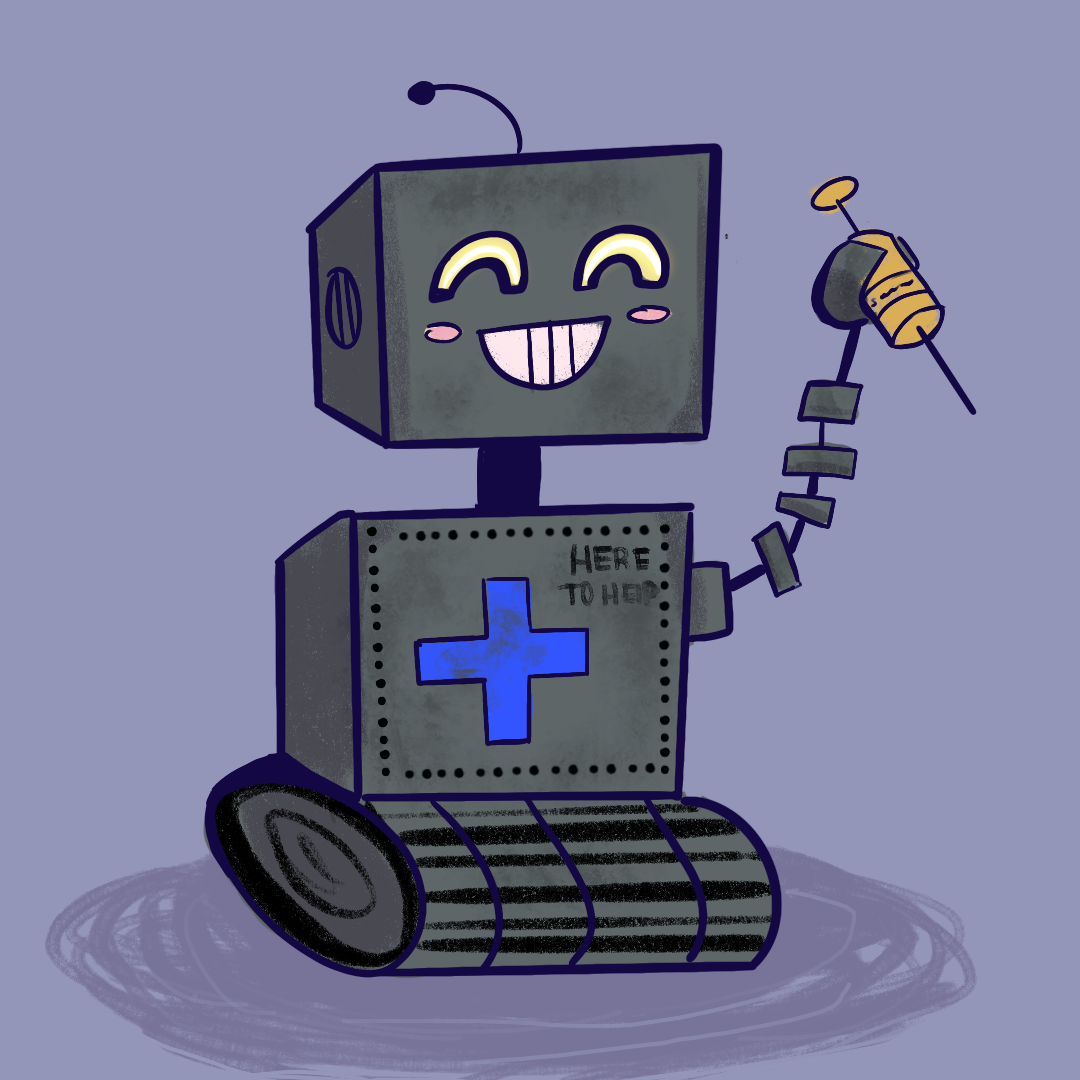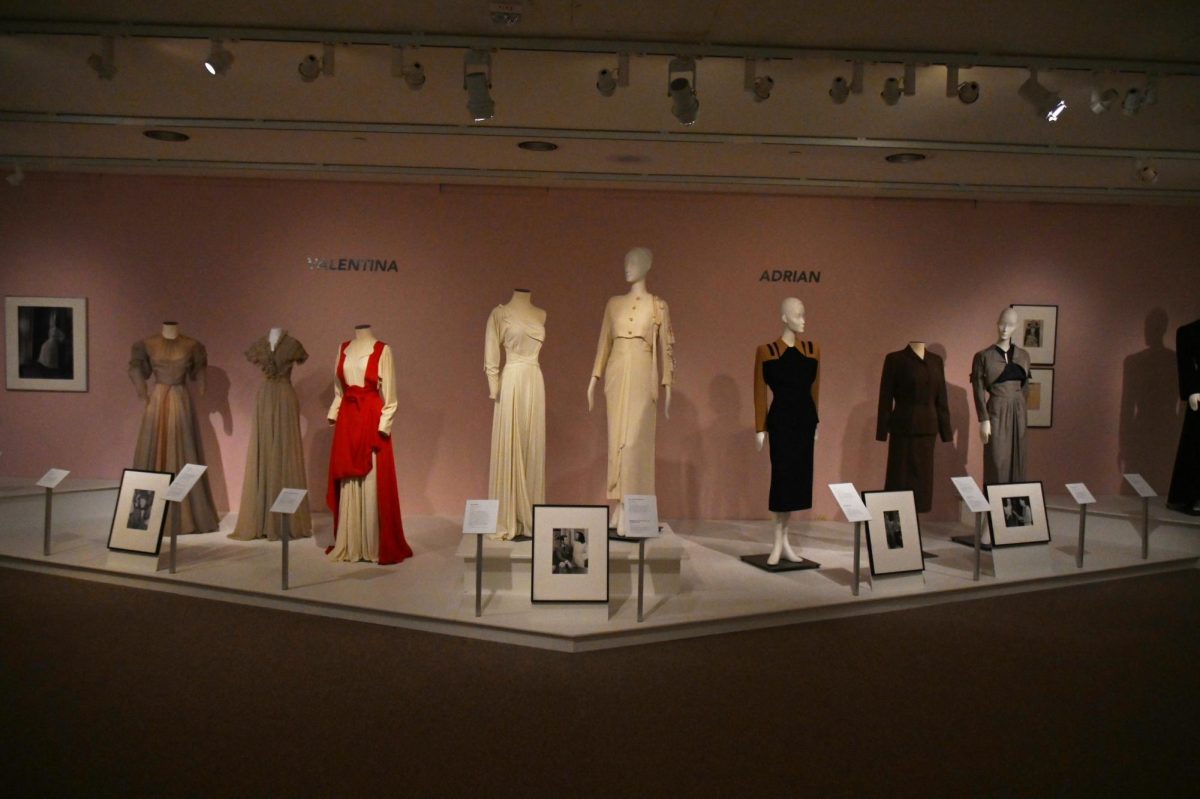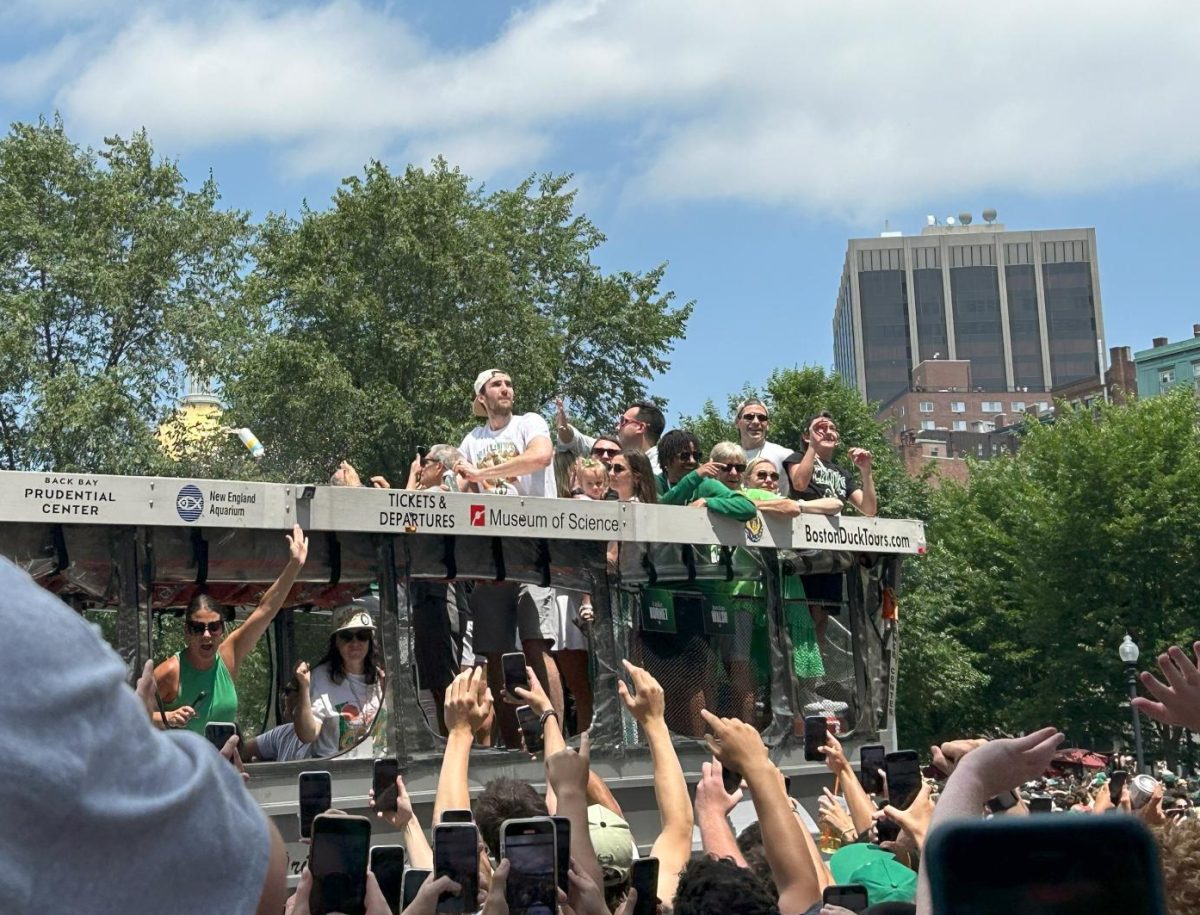With the use of artificial intelligence (AI) becoming more and more accessible to the public, many have begun to wonder, “How far is too far when it comes to AI-generated photos, videos and other forms of media?” While I agree that the government should get ahead of this problem by putting limitations on what kinds of photos or videos could be generated, I also think that there is a lot of misinformation about AI in general.
The first question that needs answering is “What do scientists hope to achieve with artificial intelligence?” Well, there are a lot of answers to this question, but it mainly boils down to making human lives easier.
Imagine a world where you can ask Google how to solve world hunger and it generates a perfect, unbiased answer. That would be amazing! Unfortunately, we are a long way from that, but the creators of AI back in 1956 would no doubt be amazed and terrified of what their creation looks like today.
The kinks that need to be worked out with AI are dire if we want to reach that perfect utopia, so what are the biggest issues? First, there is an issue of authenticity.
AI is free to use and can generate some pretty disturbing photos or videos if put in the wrong hands. For example, an AI-generated photo of Taylor Swift and the Kansas City Chiefs team circulated the internet at the beginning of this year. The photo depicted Swift in a very sexual and explicit way without her consent and had many people upset and terrified at what could be done artificially. This incident showed just how powerful AI is and how it needs to be taken seriously as it continues to advance.
This problem may not have a clear-cut solution, but if the United States government implemented strict laws of what could be AI-generated and used watermarks to differentiate between real and fake images, this could help cut down on the misuse of AI.
The next issue that needs to be solved with AI is accidental bias. The goal of AI is to get rid of human error, but the problem is that AI pulls from man-made documents, scientific studies and other historical records to form their answers. Often what they pull from has bias written into it.
For example, if an AI program is prompted to create an image of a “Black woman smiling,” the results are much more likely to be distorted than if the prompt asked for a white person. Because the majority of the people who are creating AI are white people, the field is unintentionally being overwhelmed by the bias of the creators. When creating and developing AI software, we need a diverse group of people to work to create this tool so we can eliminate bias to the best of our abilities.
If these flaws are fixed and AI in general is taken more seriously, it has the potential to permanently change the world for the better. If we pass on the boring, unfulfilling and minuscule tasks of everyday life to these machines, imagine what humanity could become. I can see a civilization where authentic human art is celebrated and rediscovered in whole new ways. A world where each person focuses on their passions and creates things purely for joy, not for money or power.
Putting AI in charge might be scary to some, but I think there is a possibility that this path could lead to a new era of humanity that brings us that much closer to a perfect utopia.
Hannah Bulgrin is an opinion writer. Contact her at [email protected].





















